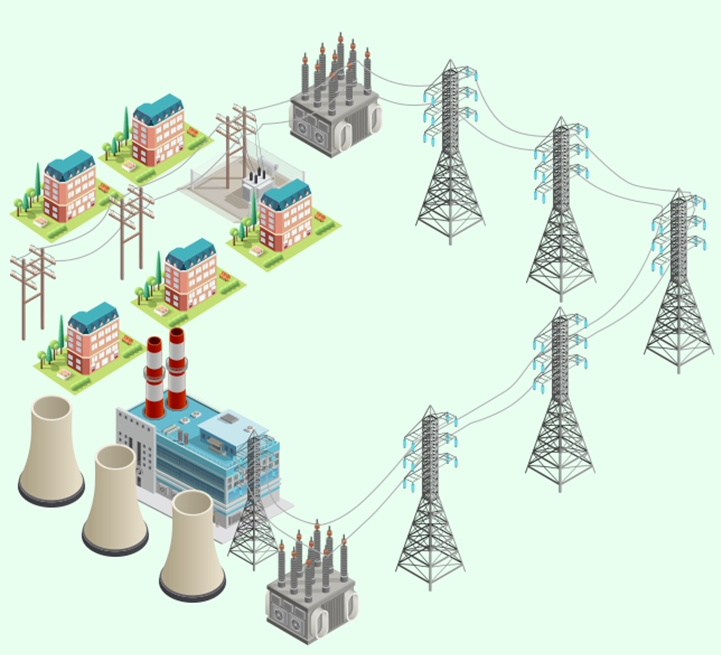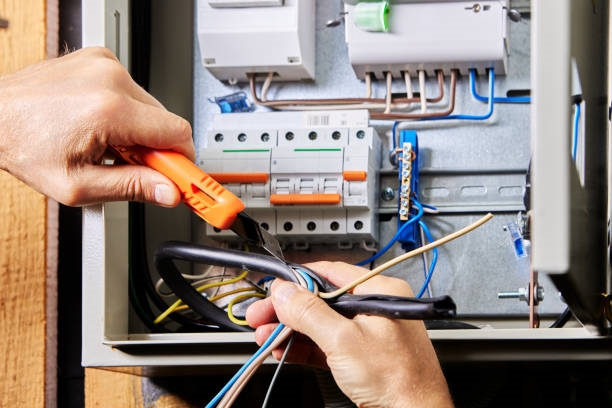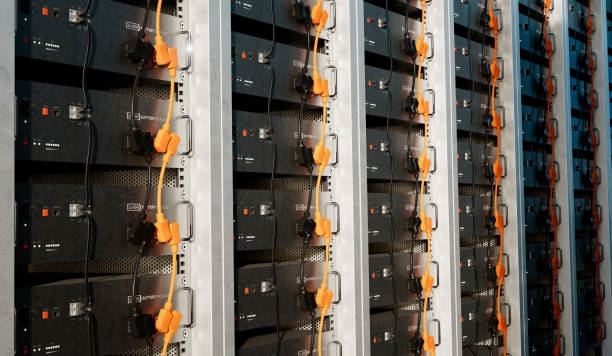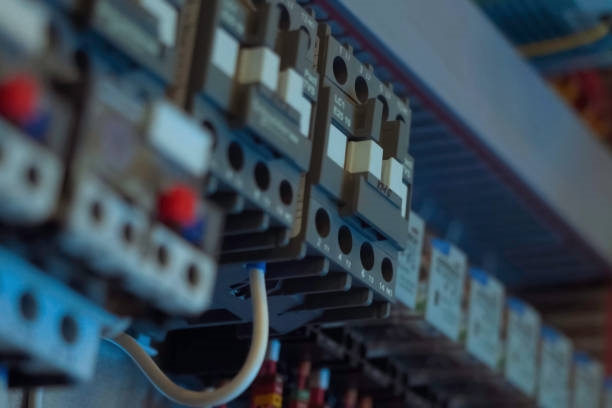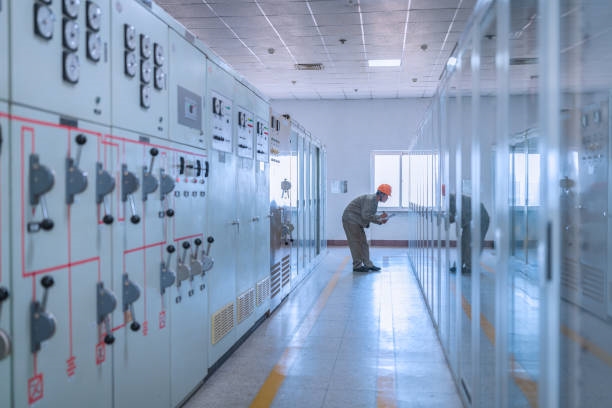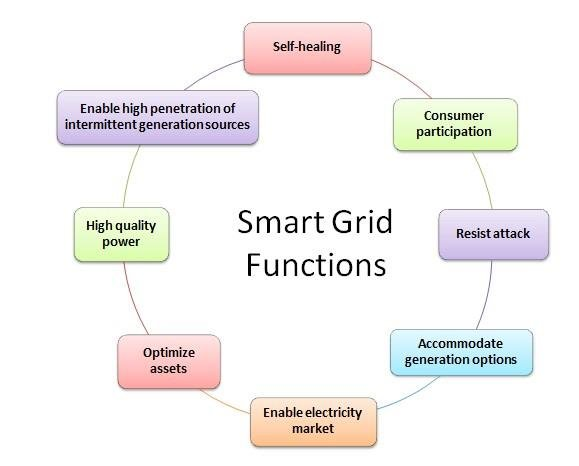Current protection is critical in electrical distribution systems, with zero-sequence current protection and residual current protection being two primary methods.
Zero-Sequence Current Protection
In a balanced three-phase system, the vector sum of the phase currents is zero. Any imbalance produces a zero-sequence current. This protection method detects faults by monitoring phase current imbalances. During a single-phase ground fault, the faulted phase current increases sharply, while the other two decrease, allowing fault detection and localization.
Residual Current Protection
Residual current protection, based on zero-sequence principles, detects faults by monitoring neutral line current changes. In a three-phase four-wire system, the neutral current is the sum of the phase currents, which is zero under normal conditions. A single-phase ground fault causes current to flow back through the neutral, enabling fault detection.
Comparing Ground Fault Protection
Zero-Sequence Current Protection
- Defined as In = Iu + Iv + Iw, it applies only to three-phase circuits, not single-phase.
- Normal operation may include unbalanced and harmonic currents, reflected in the neutral. Ground faults increase In, but the change is small compared to overcurrent faults.
- To avoid false tripping, the threshold (Ig) is set above unbalanced and harmonic currents, often in tens or hundreds of amperes.
- High thresholds prevent protection against arc flash fires (>300 mA) or electric shock (<30 mA), limiting use to detecting insulation damage from overheating.
- Typically used at low-voltage main incoming switches.
Residual Current Protection
- Defined as Ie = Iu + Iv + Iw + In, it accounts for neutral current, canceling out unbalanced and harmonic currents. The measured current is typically leakage through the ground wire, in milliamperes.
- Thresholds (Ia) are set just above normal leakage currents, also in milliamperes, improving sensitivity.
- Settings of 100 mA or 300 mA prevent electrical fires; 30 mA protects against electric shock.
- Applicable to both three-phase and single-phase circuits, it is widely used in primary, secondary, and tertiary distribution, especially at the end of distribution lines.
Conclusion
Residual current protection offers higher sensitivity and broader applicability than zero-sequence current protection, making it the preferred choice for ground fault protection in distribution systems. However, zero-sequence protection remains effective in specific scenarios, such as low-voltage main incoming switches. Proper configuration of both methods enhances system reliability and safety. Correct threshold settings and device installation are essential to ensure effective fault detection and prevention.
 ALLPCB
ALLPCB


